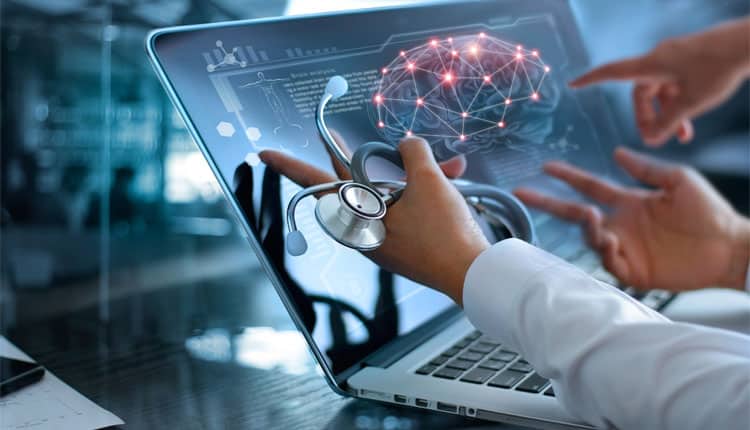Healthcare has evolved over the years. However, much of the recent revolution is spurred by tech advancements. Data analytics has also made it easier for healthcare professionals to predict and diagnose diseases early.
Nowadays, we have devices and apps that can monitor vital signals to evaluate fitness levels. These real-time health monitoring applications are powered by AI and IoT, allowing patients to play a starring role in their health and wellbeing. But building quality and efficient health monitoring devices isn’t as easy as it looks on paper.
There are crucial factors that you must consider, most of which will be covered in this guide.
Build With the End-User in Mind
Real-time health monitoring systems are powerful and more efficient but cannot replace the human touch in the healthcare industry. Patients still need people to listen to their issues and discuss treatment options. It is crucial to consider building a device that will easily integrate with the current healthcare infrastructure and workflows.
The device must be user-friendly and easy to use. Collect data and information from your workforce on areas to improve and features they would like to see on the device. Bring in a team of competent developers like Empeek who specialize in building medical software solutions.
User-Friendly Interface
Most high-end real-time health monitoring applications have two major parts: software and hardware. The software portion helps end-users interact with the device remotely. A good user experience is crucial if you want healthcare providers and patients to use the device.
Design a user-friendly and easy-to-navigate dashboard. For example, patients would like to get clear visualizations of their health data. Other features, like real-time notifications to inform patients and doctors of critical changes or upcoming appointments, will also be a great plus.
Also, focus on automating repetitive tasks, such as regular data backups and generating periodic patient summary reports.
Security and Privacy
Here is where everything is at. Your real-time health monitoring system will handle, transmit, and store crucial and sensitive patient data. Don’t start thinking about security when you are almost deploying the system. Security should be a crucial part of the system design.
Ensure that the system uses high-end data encryption services during data transmission and storage. Also, use the best authentication features on login pages. Last, ensure that your system is compliant with the FDA and HIPAA regulations.
Think About the Future
Tech is always evolving. New sensors and programming languages come onto the market every couple of years. When building real-time health monitoring applications, it’s crucial to consider future growth and adaptability.
Your system should be scalable to adopt and accommodate more users and handle high data volume. It should also be flexible enough to integrate with newer hardware technology landing on the market. This will make your system future-proof and efficient for many years to come.
Work on Updates and Security Patches
Hackers are always lurking around looking for any devices to exploit. Running on old encryption services may put your system at risk. Always look for ways to upgrade the system to make it safer and more secure. Sometimes, the attacks come from within. Ensure that your end-users are trained on how to use the services safely.







